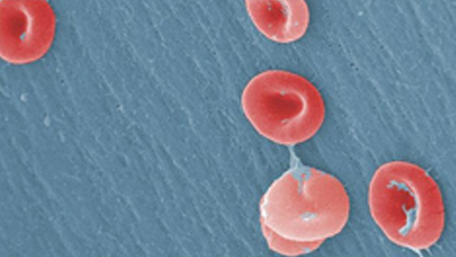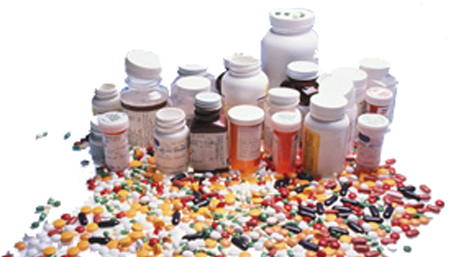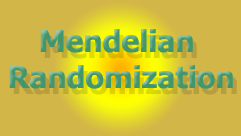
12/09/2019
Hot Topics of the Day are picked by experts to capture the latest information and publications on public health genomics and precision health for various diseases and health topics. Sources include published scientific literature, reviews, blogs and popular press articles.
Sign up MyPHGKB to receive the daily hot topic email alert.
Archived Hot Topics of the Day By Date
Finding a cure for sickle cell disease
J Makani, Nature Medicine, December 2019
Current status of opioid addiction treatment and related preclinical research.
Kreek M J et al. Science advances 2019 Oct (10) eaax9140
Risk Factors Associated with the Occurrence of Neonatal Opioid Withdrawal Syndrome: A Review.
Kelty Erin et al. CNS drugs 2019 Nov (11) 1113-1120
Looking forward 25 years: the future of medicine
Nature Medicine editorial, December 5, 2019
The cost of getting personal
Nature editorial
Appraising causal relationships of dietary, nutritional and physical-activity exposures with overall and aggressive prostate cancer: two-sample Mendelian-randomization study based on 79 148 prostate-cancer cases and 61 106 controls
N Kazmi et al, Int J Epi, December 5, 2019
Mendelian randomization with multiple exposures: the importance of thinking about time
JA Labrecque et al, Int J EPi, December 4, 2019
Disclaimer: Articles listed in Hot Topics of the Day are selected by Public Health Genomics Branch to provide current awareness of the scientific literature and news. Inclusion in the update does not necessarily represent the views of the Centers for Disease Control and Prevention nor does it imply endorsement of the article's methods or findings. CDC and DHHS assume no responsibility for the factual accuracy of the items presented. The selection, omission, or content of items does not imply any endorsement or other position taken by CDC or DHHS. Opinion, findings and conclusions expressed by the original authors of items included in the Clips, or persons quoted therein, are strictly their own and are in no way meant to represent the opinion or views of CDC or DHHS. References to publications, news sources, and non-CDC Websites are provided solely for informational purposes and do not imply endorsement by CDC or DHHS.
- Page last reviewed:Feb 1, 2024
- Page last updated:Apr 25, 2024
- Content source:





